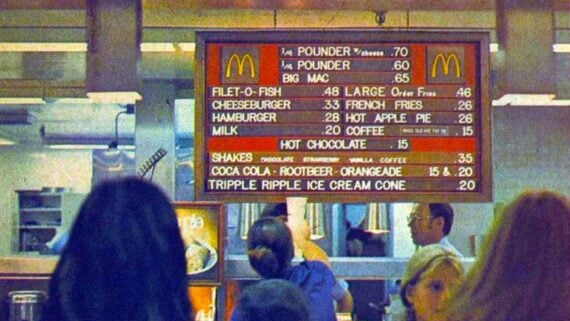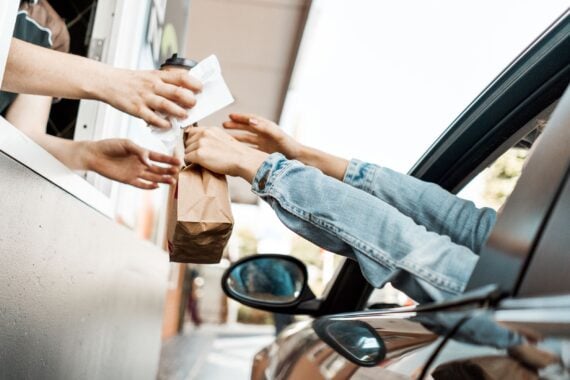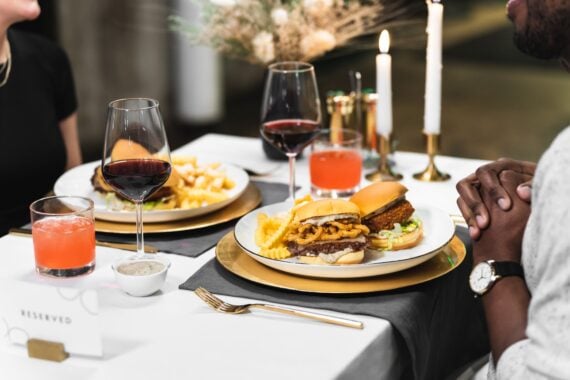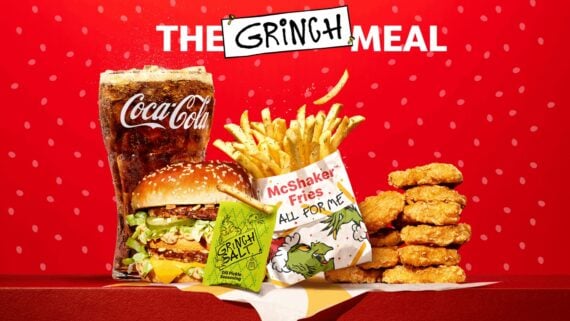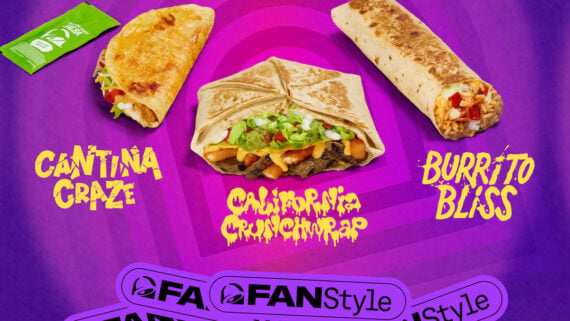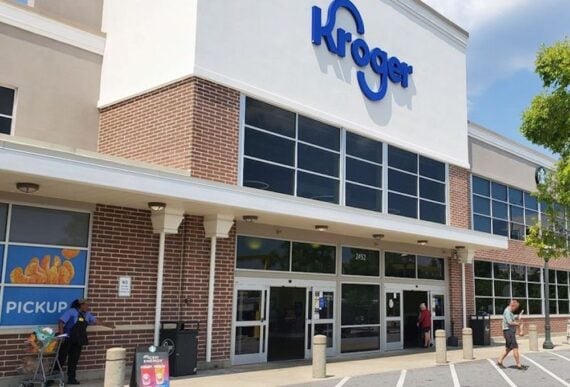The fast-food industry is worth well over $417 billion in the U.S. alone and more than a trillion worldwide. It’s an empire that started on nickels and dimes — literally. Five-cent sliders, ten-cent fries, burgers for less than a bus fare — that was the foundation. The food hasn’t changed all that much, but the price tags have.
Here’s what some of those popular fast-food menu items used to cost — and what they’ll run you today.
McDonald’s Big Mac
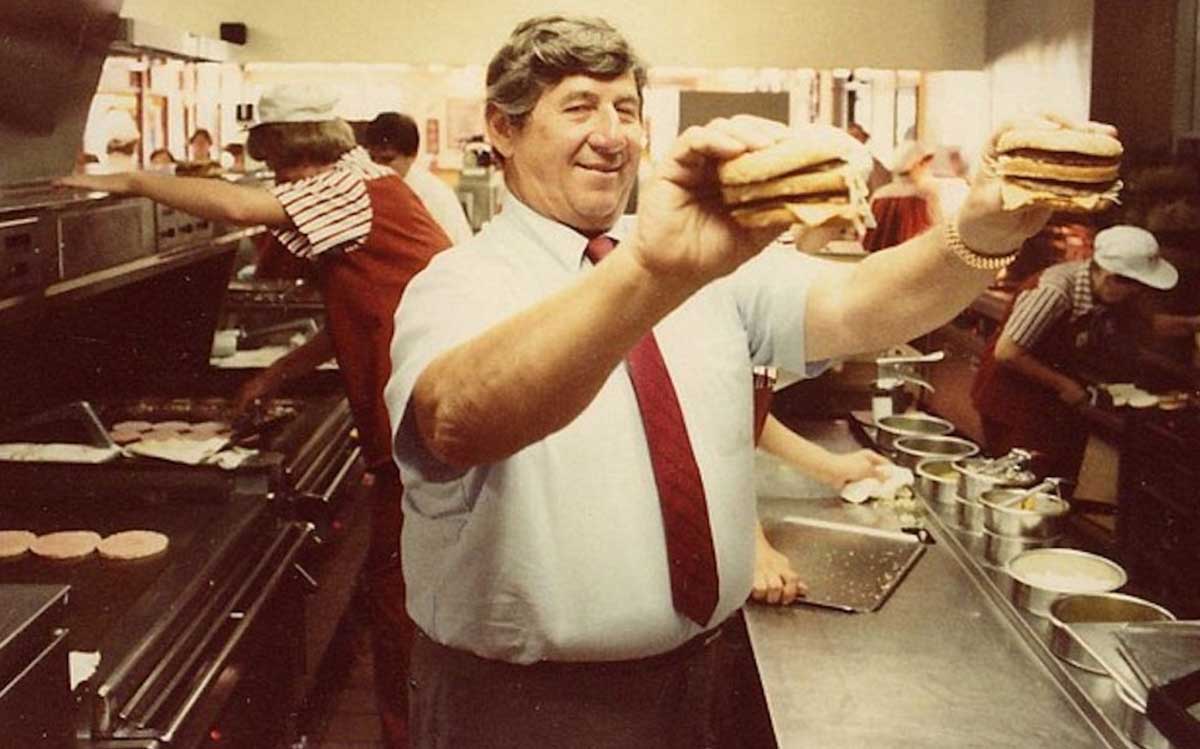
In 1967, when franchise manager Jim Delligatti stacked two patties, special sauce, lettuce, cheese, pickles, and onions on a sesame bun and called it the Big Mac, McDonald’s worried that a 45-cent price tag on a new burger would raise eyebrows. After all, regular hamburgers were only 18 cents. Turns out, they were wrong.
The burger went national in 1968 and became Mickey D’s crown jewel. That launch price would be about $4.35 today, which isn’t a huge leap considering that in 2025 the Big Mac averages around $5.79 nationwide, dipping to $4.36 in Austin, Texas, and climbing past $7 in Seattle.
Burger King’s Whopper
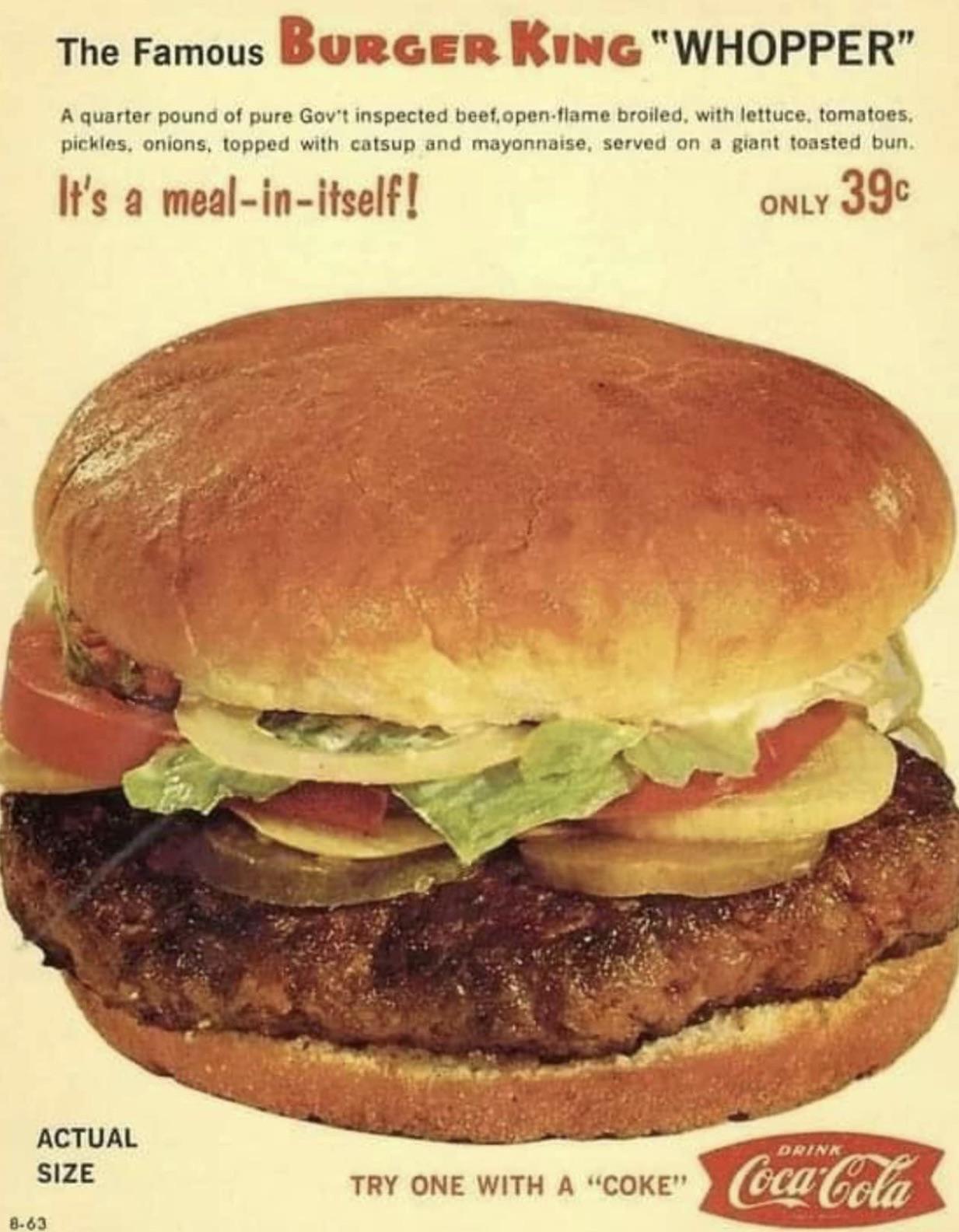
A decade before the Big Mac had its big break, Burger King had a supersized creation of its own: the Whopper. Bigger than McDonald’s 15-cent burgers with a flame-broiled patty, it was priced at 37 cents ($4.25 adjusted for inflation). In 2025, the Whopper averages $6.50, and in some cities, tops $8.
White Castle’s Original Slider

Before McDonald’s and Burger King started the “whose is bigger” war, White Castle was selling tiny square burgers for a nickel — maybe the most important five cents ever spent in fast food.
In the 1920s, that was enough for factory workers to grab a quick meal they could actually afford. Adjusted for today, that comes to about 90 cents. A slider in 2025 typically costs between about 72 cents and $1.58, depending on the location.
KFC’s Family Bucket

Col. Sanders and his first franchisee cooked up the Family Bucket in 1957 as a way to give housewives a break. For $3.50, you get 15 pieces of chicken, gravy, and six hot rolls. That’s about $30 in today’s dollars. A 16-piece bucket meal in 2025 costs around the same price, although sides now incur an extra charge.
McDonald’s French Fries
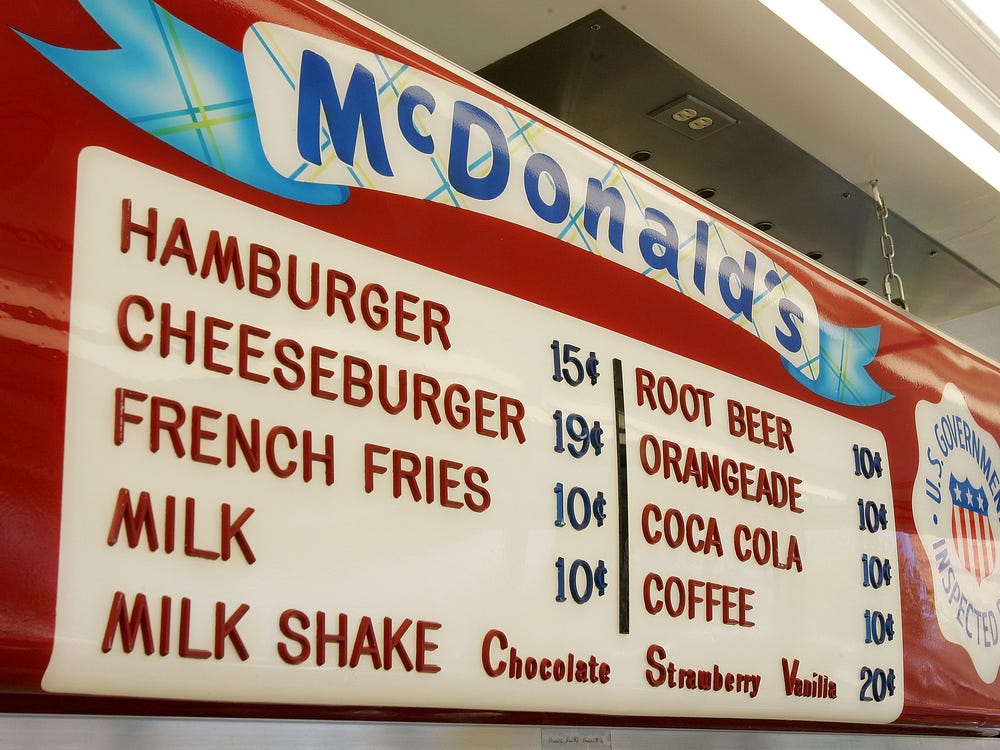
For many of us, the fries are the real reason to hit McDonald’s. Mainly because, rain or shine, whatever goes in the world, they taste the same as they did when you first tried them (even if they’ve changed how they’re made). But do they cost the same?
In the 1950s, a small bag of fries cost just 10 cents; adjusted for inflation, that would be equivalent to about $1.30 today. A small order in 2025 typically costs between $2.49 and $2.89, with prices sometimes increasing in major cities.
Trending on Cheapism
Subway’s Footlong
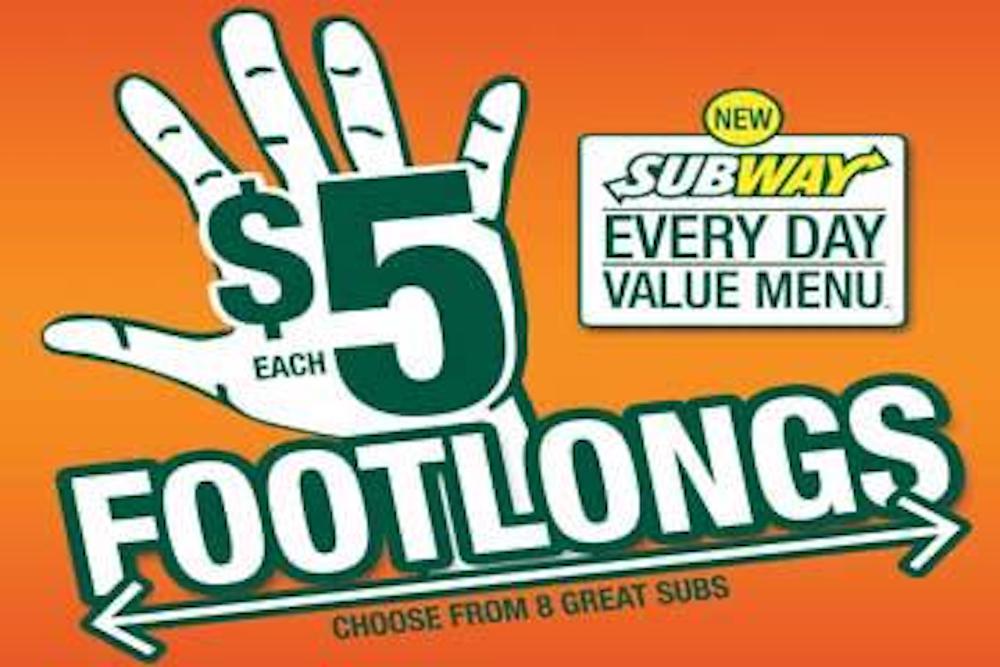
If you were awake through the late 2000s, that “five-dollar footlong” jingle is probably still stuck in your head. In 2008, you really could walk in and grab any footlong sub for $5, no questions asked. Adjusted for inflation, that deal should be about $7.50 today.
Instead, in 2025, a basic footlong averages closer to $8.50, and once you get into the premium stuff, you’re looking at $10 or even $12.
Dunkin’s Glazed Donut
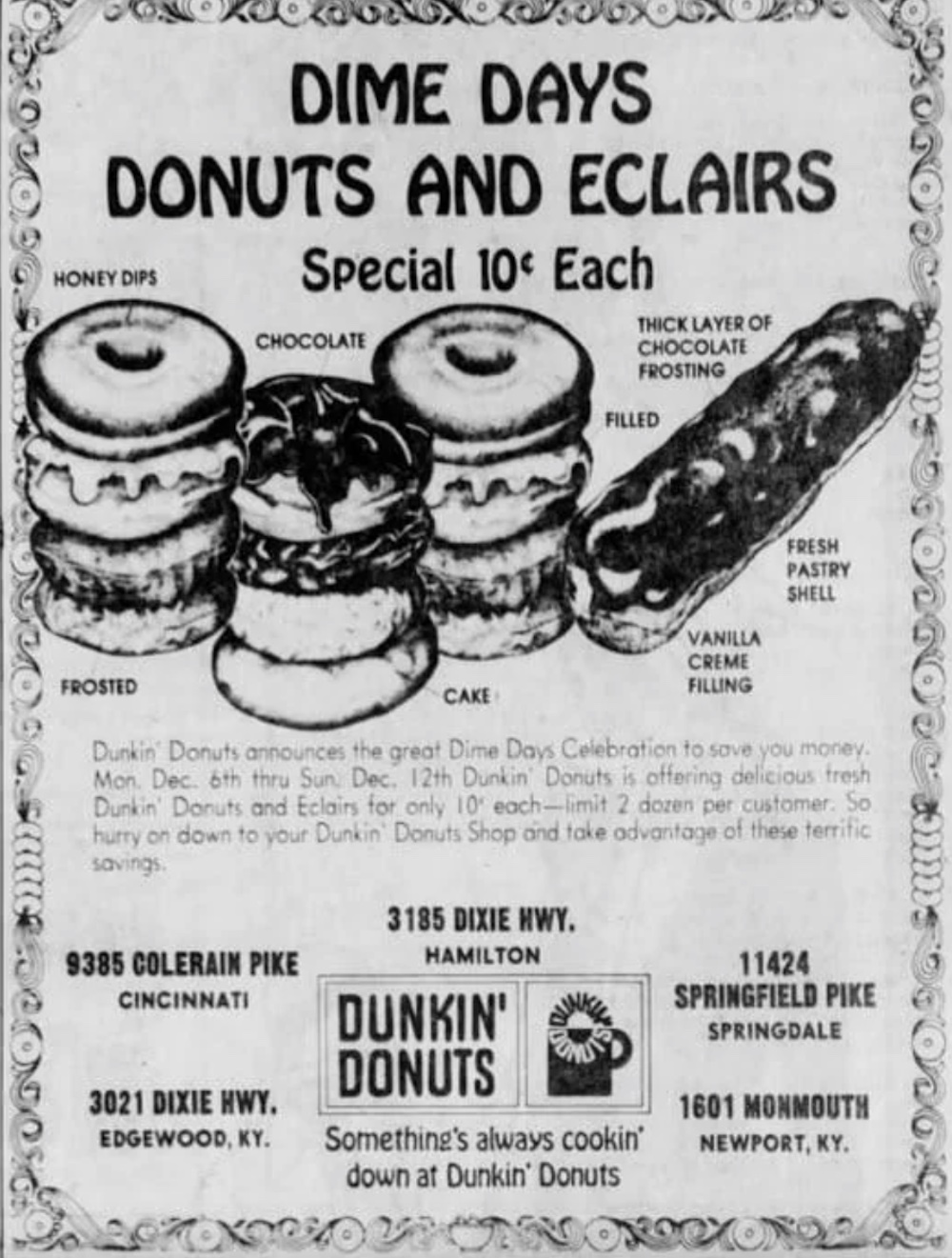
In the early 1950s, Dunkin’ was called Open Kettle, and a glazed doughnut cost a nickel — about 55 cents in today’s dollars. In 2025, the same doughnut typically costs around $1.29 to $1.49, sometimes more in major cities.
Taco Bell’s Crunchy Taco
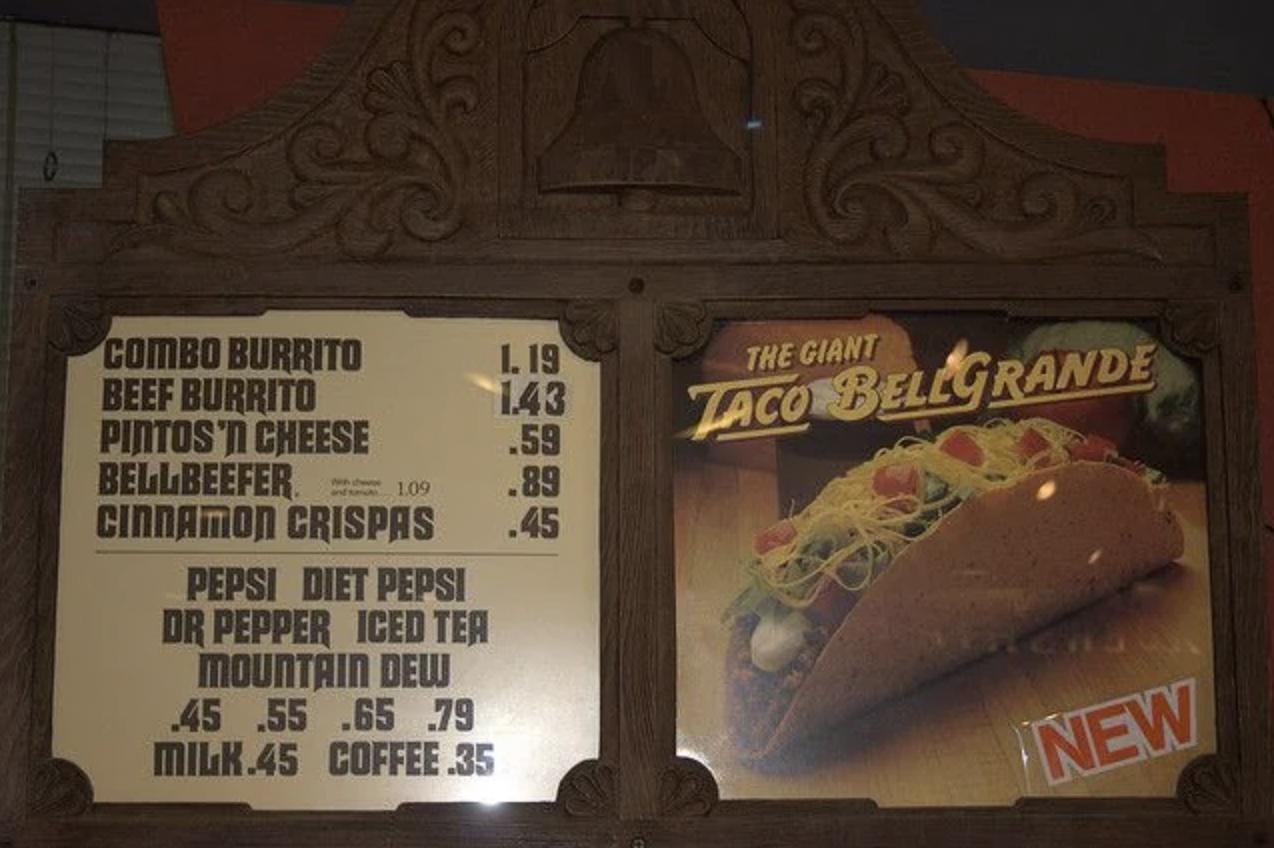
When Glen Bell opened Taco Bell in 1965, the crunchy taco was his headline item, costing 19 cents — less than a quarter to load up on seasoned beef, lettuce, and cheese. The debut price is currently about $1.94. In 2025, the same crunchy taco averages $1.69, which actually makes it cheaper in real terms. For once, inflation lost the fight to the taco.
Sign up for our newsletter
Wendy’s Frosty
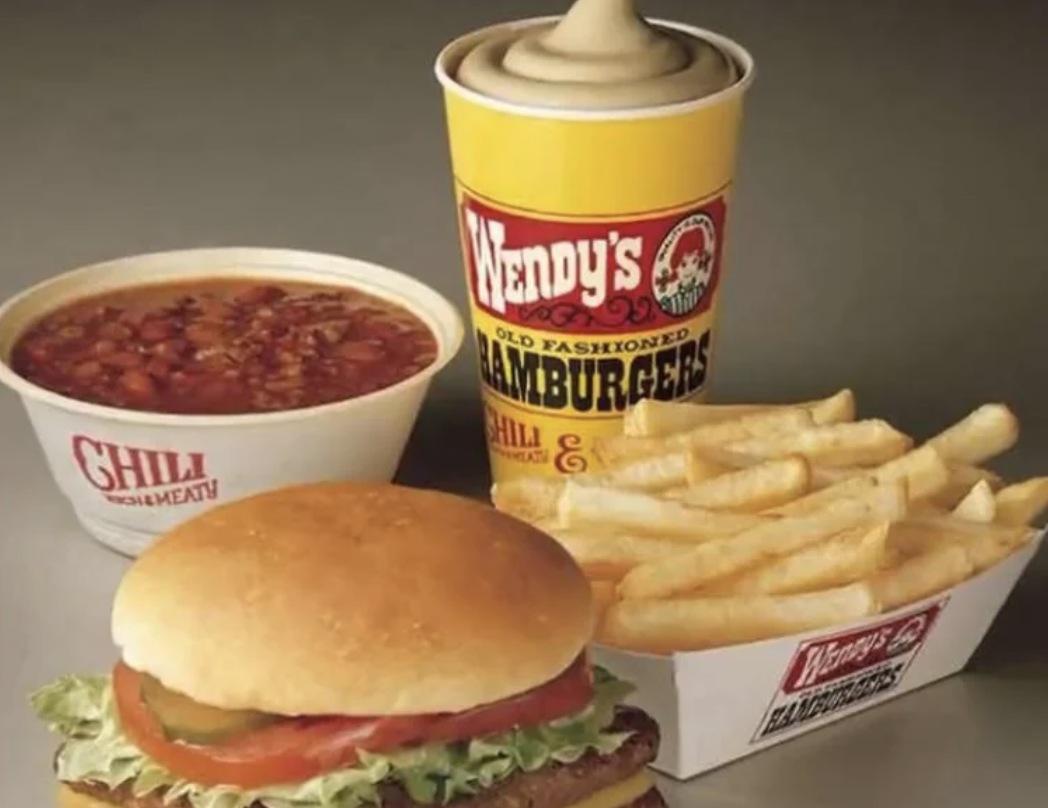
The Frosty has been part of Wendy’s menu since day one in 1969, a dessert caught between a milkshake and soft-serve. Back then, it sold for 35 cents, about $3.10 in today’s dollars. In 2025, a small Frosty typically costs about $2.49; however, promotions sometimes drop the price to $1 for a limited time.
More on Fast Food Nostalgia from Cheapism
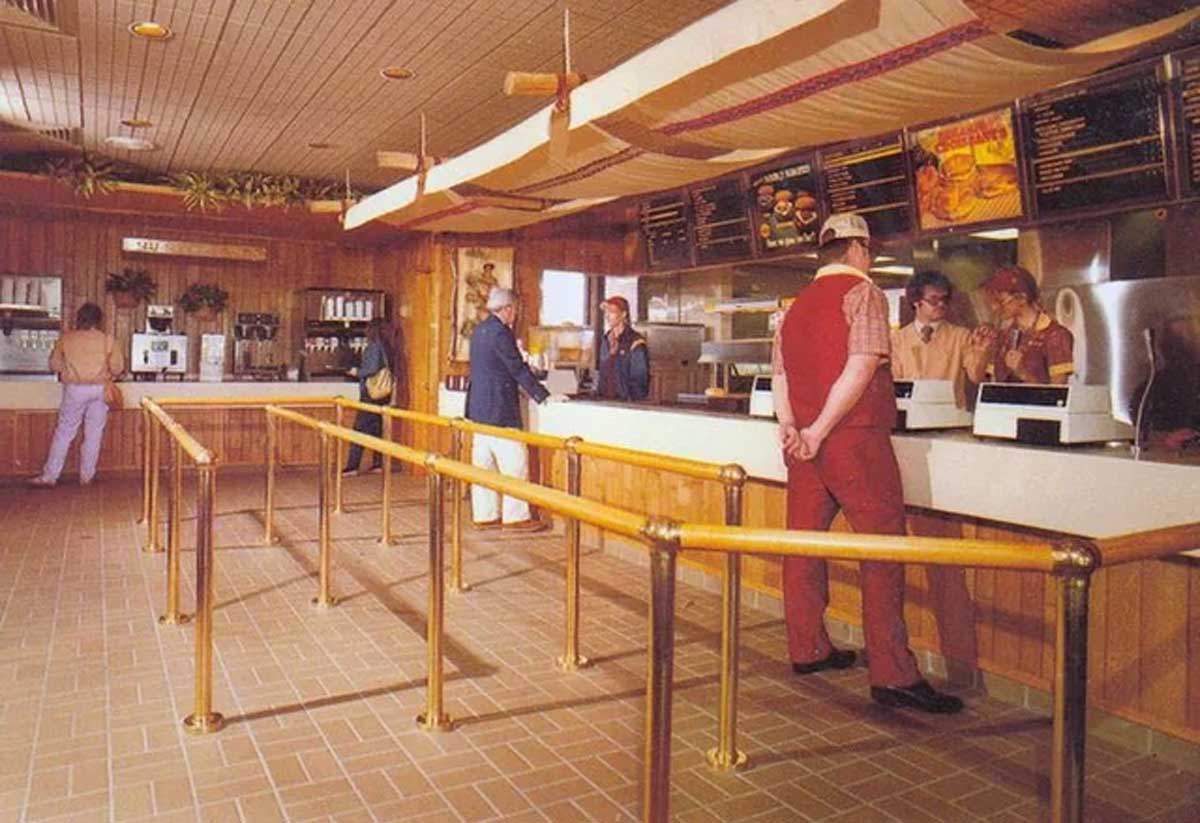
- Discontinued Fast-Food Menu Items Fans Still Crave — The nostalgic dishes people can’t stop thinking about.
- Weird Fast-Food Sandwiches from the ’70s That Disappeared — Bizarre sandwiches of the past that vanished after a few bites.
- Photos: Fast Food in the 1980s — A retro visual tour through fast-food culture in the ’80s.
